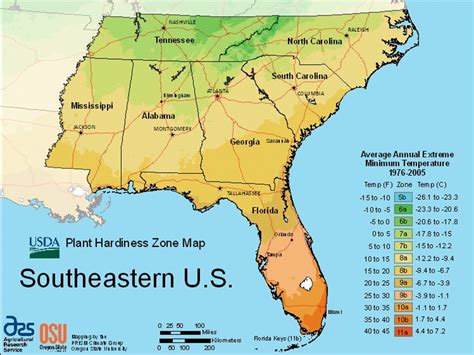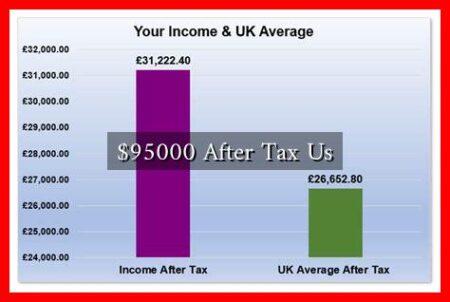-
Table of Contents
The Florida Zone Map: Understanding Florida’s Climate Zones
Florida, known for its sunny weather and beautiful beaches, is a state with diverse climate zones that impact everything from agriculture to landscaping. Understanding the Florida zone map is essential for residents, gardeners, and farmers alike to make informed decisions about what plants will thrive in their specific region. Let’s delve into the different climate zones in Florida and how they can affect plant growth and overall environmental conditions.
What is a Zone Map?
A zone map is a tool used to divide regions based on their climate conditions, such as temperature and humidity levels. In the case of Florida, the state is divided into several zones based on the USDA Plant Hardiness Zone Map. This map categorizes regions based on the average annual minimum winter temperature, which helps determine which plants are most likely to thrive in a specific area.
Florida’s Climate Zones
Florida is unique in that it encompasses several different climate zones due to its diverse geography. The state is divided into four main climate zones:
- North Florida (Zone 8a-9a): This region experiences cooler temperatures in the winter compared to the rest of the state, making it suitable for a variety of plants that require a chillier climate.
- Central Florida (Zone 9b-10a): Central Florida has a more tropical climate, with warm temperatures year-round. This zone is ideal for growing citrus fruits, palm trees, and other tropical plants.
- South Florida (Zone 10b-11): South Florida has a subtropical climate with hot and humid conditions. This zone is perfect for growing exotic fruits, such as mangoes and avocados.
- Florida Keys (Zone 11): The Florida Keys have a unique climate due to their proximity to the ocean. This zone is ideal for growing salt-tolerant plants and tropical fruits.
Impacts on Agriculture and Landscaping
The Florida zone map plays a crucial role in agriculture and landscaping practices throughout the state. Farmers rely on the zone map to determine which crops are best suited for their region, while landscapers use it to select plants that will thrive in specific environmental conditions.
For example, citrus farmers in Central Florida must consider the zone map when choosing which varieties of oranges or grapefruits to plant. Similarly, homeowners in South Florida may opt for drought-tolerant plants that can withstand the hot and humid climate of the region.
Case Study: Miami-Dade County
One notable example of the impact of climate zones in Florida is Miami-Dade County. The county spans multiple climate zones, ranging from Zone 10b in the north to Zone 11 in the south. This diversity allows for a wide range of plant species to thrive in the region, making it a popular destination for gardeners and horticulturists.
According to a study conducted by the University of Florida Extension, Miami-Dade County’s unique climate zones have led to the successful cultivation of tropical fruits, such as lychee and starfruit, as well as exotic plants like heliconias and gingers.
Conclusion
Understanding the Florida zone map is essential for anyone looking to grow plants, whether for agricultural purposes or landscaping. By knowing which climate zone you are in, you can select plants that are best suited for your region, ensuring their success and longevity.
Whether you are a farmer in North Florida or a homeowner in South Florida, the Florida zone map provides valuable insights into the unique climate conditions of the state. By utilizing this tool, you can create a thriving garden or farm that will flourish in Florida’s diverse climate zones.




